There’s a saying “You can never tell what the future beholds.” Therefore, people need to be careful and mindful of anything that happens in their surroundings. You can never pinpoint where danger lurks in.
The same goes for every road you take and share with fellow motorists. Their intentions are as blurry as mud water when you lean in to see your reflection.
Regarding road safety and regulations, you have probably heard an incident involving two cars getting ahead of each other and stomping on another vehicle because one overtook the other.
Statistics show that at least 35% of road incidents involve overtaking especially in areas where it was told not to. What is overtaking? Is there a safe way to do so? How? Philkotse.com will tell you.
1. Overtaking: Definition
As defined by several driving handbooks and dictionaries, overtaking is when you approach another vehicle (in front of you) from behind and catch up or pass them using the other lane. Some states and areas consider overtaking illegal especially in places of high-risks and dangers.
Mountain trails, hilly areas, and heavily-congested roads can be seen with numerous signs that prohibit overtaking. Most of the accidents that involve overtaking in these areas cause a messy trend of chaos and disturbance.
Yes, you may be tired, or the other vehicle might be driving way too slow that your lane is moving in a turtle-like speed, but that doesn't mean that you can go ahead and overtake. You might encounter another rushing car or a humongous truck, and before you know it, your life is flashing your very eyes.
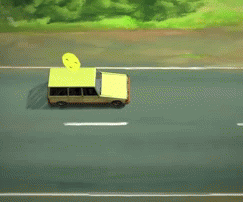
Overtaking is when you catch up or pass front car using the other lane
2. Things to remember before you overtake
With great power comes great responsibility. This quote from the famous Spiderman movies does not only apply in superheroes and superpowers but in every possibility or chance that person grabs to display power over another person, like overtaking.
So, before you overtake, here are some important keys you need to consider first.
Do not go over the predetermined speed limit
Areas always have a displayed speed limit. This is a safety warning for all of the drivers and motorists because speeding kills. A lot of fatalistic head-on collisions turn into major catastrophes because of the extra speed.
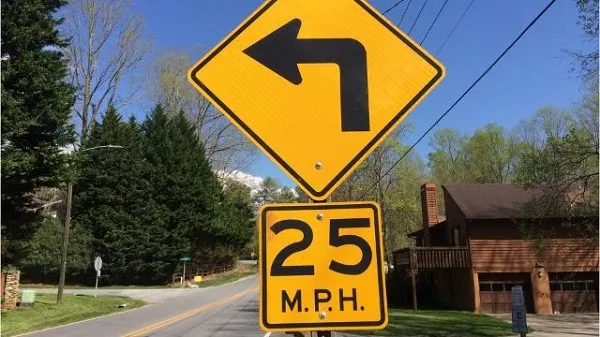
Areas always have a displayed speed limit
Enough space to maneuver and clear lanes
It pays to check all of the paths, both left and right, if it’s clear and if you're able to navigate the traffic thoroughly without any possible hint of trouble or danger. Exercising keen awareness and mindfulness to your surroundings is essential.
Give signals to other motorists
If you are overtaking the other vehicle, make sure you communicate your turns and let them understand what you mean. This will give you both a clear signal of what he needs to do and what you intend to do to avoid miscommunication that may turn into fatalistic accidents.
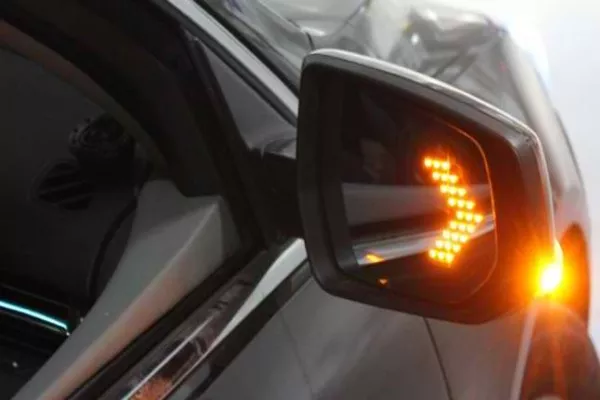
if you are overtaking the other vehicle, make sure you communicate your turns and let them understand what you mean
Assess possible blind spots
Remember, you are not the only ones who share the road. There are trucks, motorcycles and other road vehicles that use it. These smaller vehicles tend to squeeze in the traffic and another gap just because they can, and sometimes this can cause accidents.
Always look around your surroundings for possible motorcycle wanting to pass through your lane.
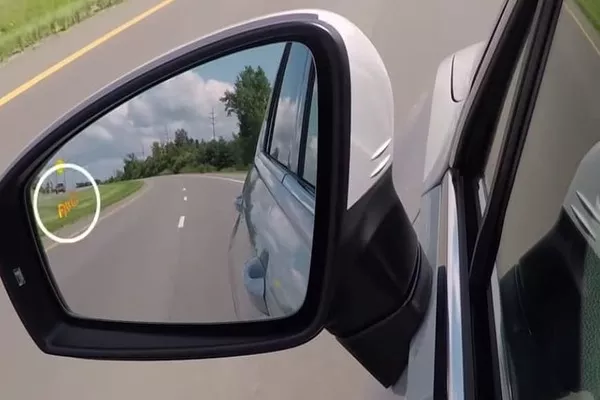
Always look around your surroundings for possible motorcycle wanting to pass through your lane
>>> Read more: What is a blind spot in driving & How to remove blind spots on your car.
3. Don’t overtake on these areas and circumstances
Since we have discussed the do’s and don’ts before you overtake, it is essential to know the details where overtaking is considered a big no-no. In this section of the article, we’ll determine specific areas, and occurrences where overtaking is prohibited.
On bridges
Among the many high-risk areas where overtaking is prohibited, bridges come at number one. This is because most bridges only have two lanes, one on the left and one on the right.
If you attempt to overtake, you’ll likely swerve at one end, likely to hit another car coming from another direction or risk falling into the river and endanger your life and your passengers as well.
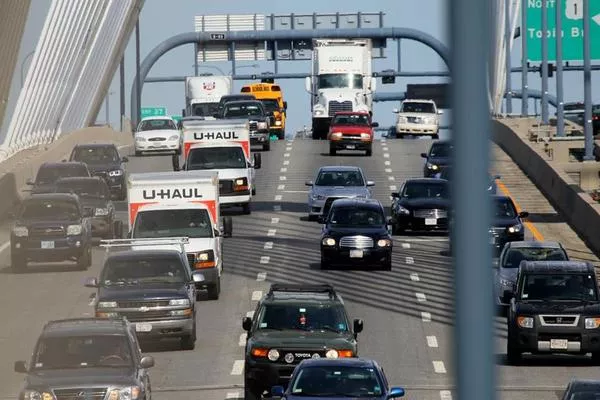
Among the many high-risk areas where overtaking is prohibited, bridges come at number one.
On a bend
Although it may look clear and uninhibited by other vehicles, overtaking on a bend will endanger you in a sense that you will never indeed see if another car is coming.
On mountain trails
The next time you hike or take a camping trip to a mountain, know that overtaking is considered a taboo. You might collide with another camping family or roll into an endless tumble because you swerved right into the forest.
>>> Related post: 9 safety tips to follow when driving on hills, mountains & remote areas.
When the vehicle in front of you is making a signal to turn
Please be patient whenever you are on the road. If you want to overtake, make sure that the vehicle before you complete his turn especially when he's indicating his intentions.
When the road ahead is not clear to see
If you have no vision of what’s up and ahead as the case when driving in foggy roads, never attempt to overtake.
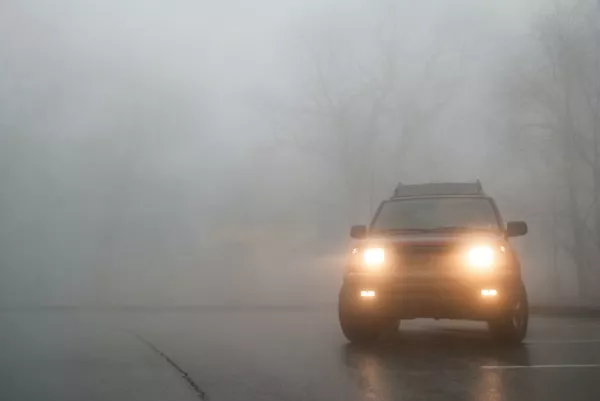
When driving in foggy roads, no overtaking allowed!
When it’s raining
The dark clouds offer minimum to zero visibility which will render you incapable of seeing clearly. Also, the road is slippery for any drastic attempts to maneuver a last-minute braking process.
If you find yourself in any of the mentioned situations above, it is best to stay in your lane and wait for the safest opportunity to overtake. A lot of people keep finding themselves in risky overtakes that force them to take evasive actions and dangerous maneuvers that either save them at the last minute or risk collisions with another vehicle.
>>> Must read: How to drive safely in heavy rain: 5 essential tips
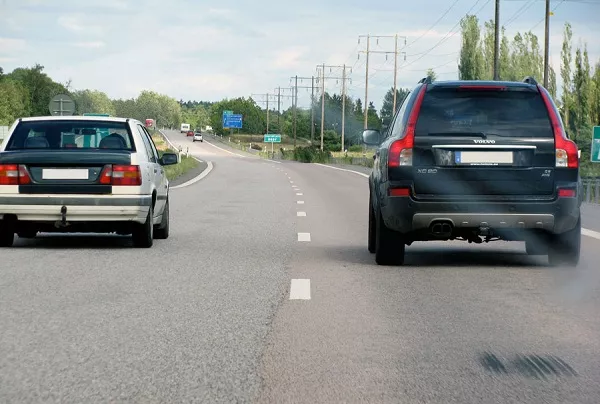
Remember to let enough space for another car to maneuver
What if you are the one sandwiched between an aggressive driver that wants to get ahead and an upcoming ten-wheeler truck on sight? The best option that you can do is to slow down and give enough space for the aggressive driver to maneuver in worst case scenarios.
Slowing down minimizes the impact of the incident on your behalf while providing space can let you distance your vehicle from theirs minimizing contact.
Remember, you cannot control what driving behaviors would other motorists display. Whether it is highly-dangerous or conservative, the only thing you can actually control is your driving manners.
If you want to save yourself the hassle of being injured or spending too much for a broken car, educate yourself and take the initiative to defensive driving measures.
>>> Click to get more helpful tips and advice for safe driving
Recent posts
- Road Safety Tips for Cyclists and Drivers: All you must know Aug 16, 2022
- 9 safety tips to follow when driving on hills, mountains & remote areas Aug 16, 2022
- Speed Limit Law Philippines: Know It, Follow It Jan 05, 2021
- 12 safety features of modern cars you should understand Jul 26, 2018
- Top most essential car safety features to have in your car Jul 09, 2018











